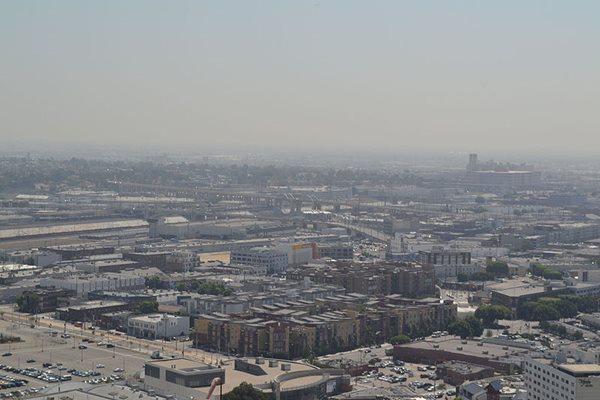Back to forecast
What is the Air Quality Index?
August 1, 2025 at 02:05 AM EDT
By WeatherBug Meteorologists

Air Quality Index (AQI) is a measurement of how air pollution will affect one’s health within a short time period.
Air quality is at its worst from late-spring through the summer when there are hot temperatures and light winds. It’s important to be aware of AQI because some groups are more sensitive to changes in air quality. Young children, elderly and people with asthma, lung disease and cardiovascular diseases are especially vulnerable. Prolonged exposure to any unhealthy levels of air quality can lead to health problems.
The five major pollutants that are considered when calculating the AQI are:
There are six categories with values for AQI:
Please remember to limit yourself from strenuous activity if your local AQI is high.
------
Source: Environmental Protection Agency AirNow Program
Air quality is at its worst from late-spring through the summer when there are hot temperatures and light winds. It’s important to be aware of AQI because some groups are more sensitive to changes in air quality. Young children, elderly and people with asthma, lung disease and cardiovascular diseases are especially vulnerable. Prolonged exposure to any unhealthy levels of air quality can lead to health problems.
The five major pollutants that are considered when calculating the AQI are:
- Ground-level ozone – This occurs when hydrogen, carbon dioxide and nitrogen oxides released from cars, trucks, power plants and other combustion systems react with heat and sunlight. High concentrations can decrease breathing capacity.
- Particle pollution – Chemical particles from fires, vehicles, power plants, or dust can become suspended in air and can induce asthma-like symptoms such as coughing, wheezing and shortness of breath.
- Chemicals (carbon monoxide, sulfur dioxide and nitrogen dioxide) – When these gases cannot mix into the atmosphere due to heating and light winds, concentrations increase and can irritate lungs, making breathing more difficult.
There are six categories with values for AQI:
- Good (0 to 50): Little to no health risk
- Moderate (51 to 100): Moderate health risk for exceptionally sensitive groups
- Unhealthy to Sensitive Groups (101 to 150): High health risk for children, elderly, and groups with lung or heart disease
- Unhealthy (151 to 200): High health risk for all groups
- Very Unhealthy (201 to 300): High serious health risk for all groups
- Hazardous (301 to 500): Serious health risk for entire population
Please remember to limit yourself from strenuous activity if your local AQI is high.
------
Source: Environmental Protection Agency AirNow Program